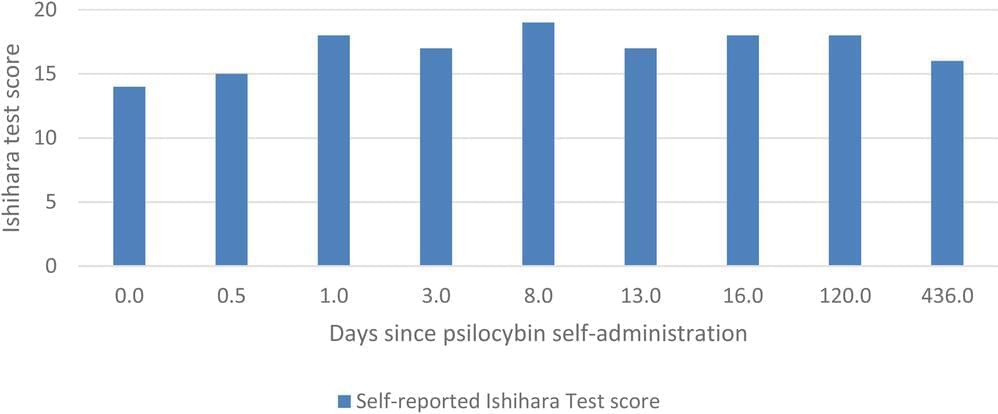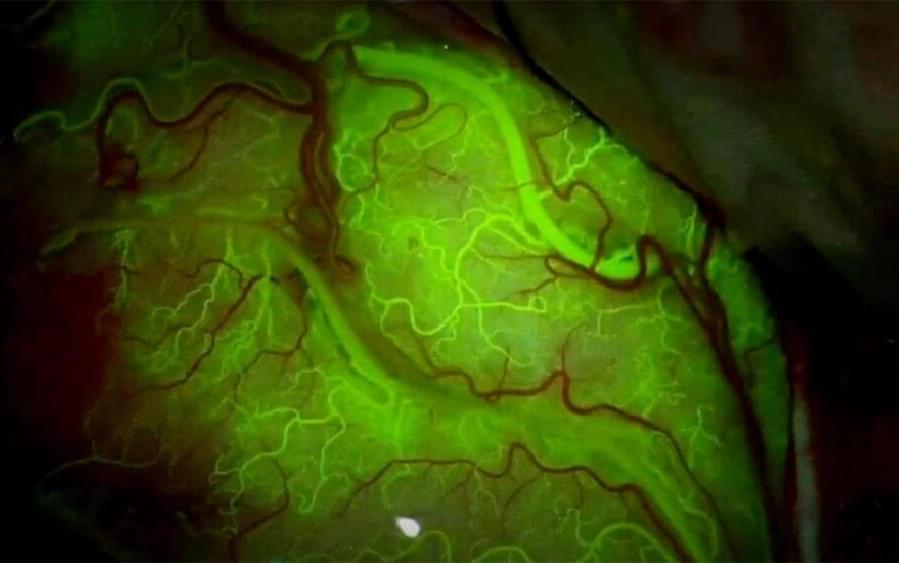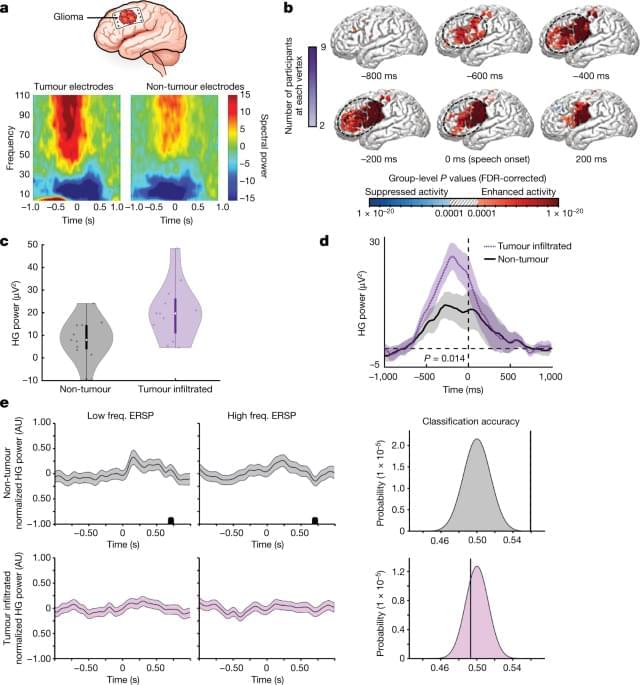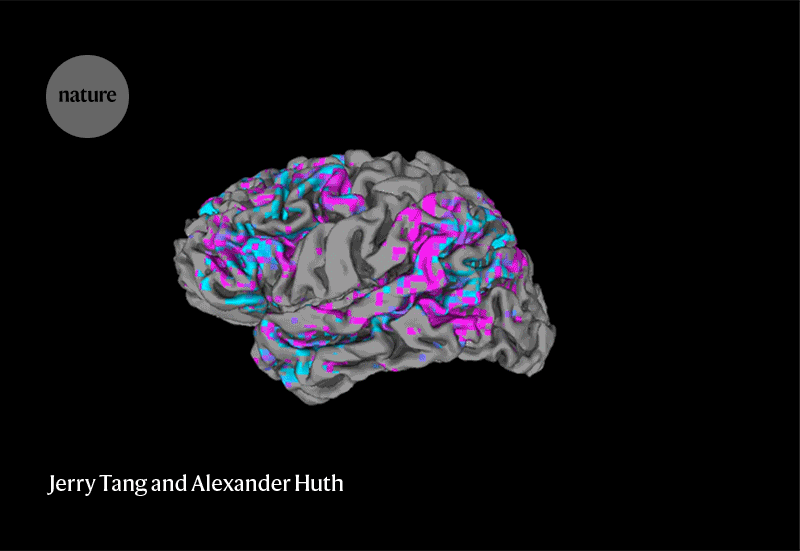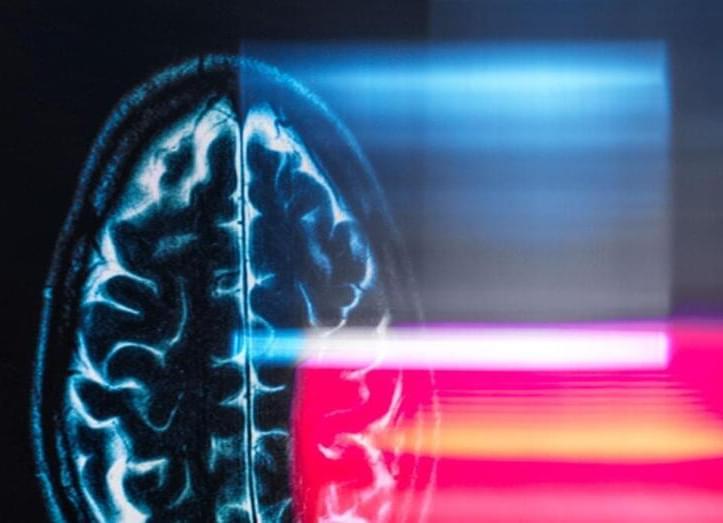May 4, 2023
Case report: Magic mushrooms may induce lasting improvements in color-blind vision
Posted by Shubham Ghosh Roy in categories: biotech/medical, health, law, neuroscience, policy
Researchers at the Department of Psychiatry and Psychology, Center for Behavioral Health, Neurological Institute at the Cleveland Clinic in Ohio have authored a case report on the positive effects of psilocybin on color blindness.
Published in the journal Drug Science, Policy and Law, the researchers highlight some implications surrounding a single reported vision improvement self-study by a colleague and cite other previous reports, illustrating a need to understand better how these psychedelics could be used in therapeutic settings.
Past reports have indicated that people with color vision deficiency (CVD), usually referred to as color blindness, experience better color vision after using lysergic acid diethylamide (LSD) or psilocybin (magic mushrooms). There is a lack of scientific evidence for these claims, as researching the effects of these drugs has been highly restricted.
